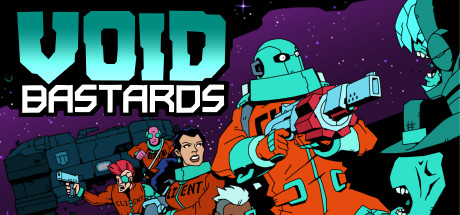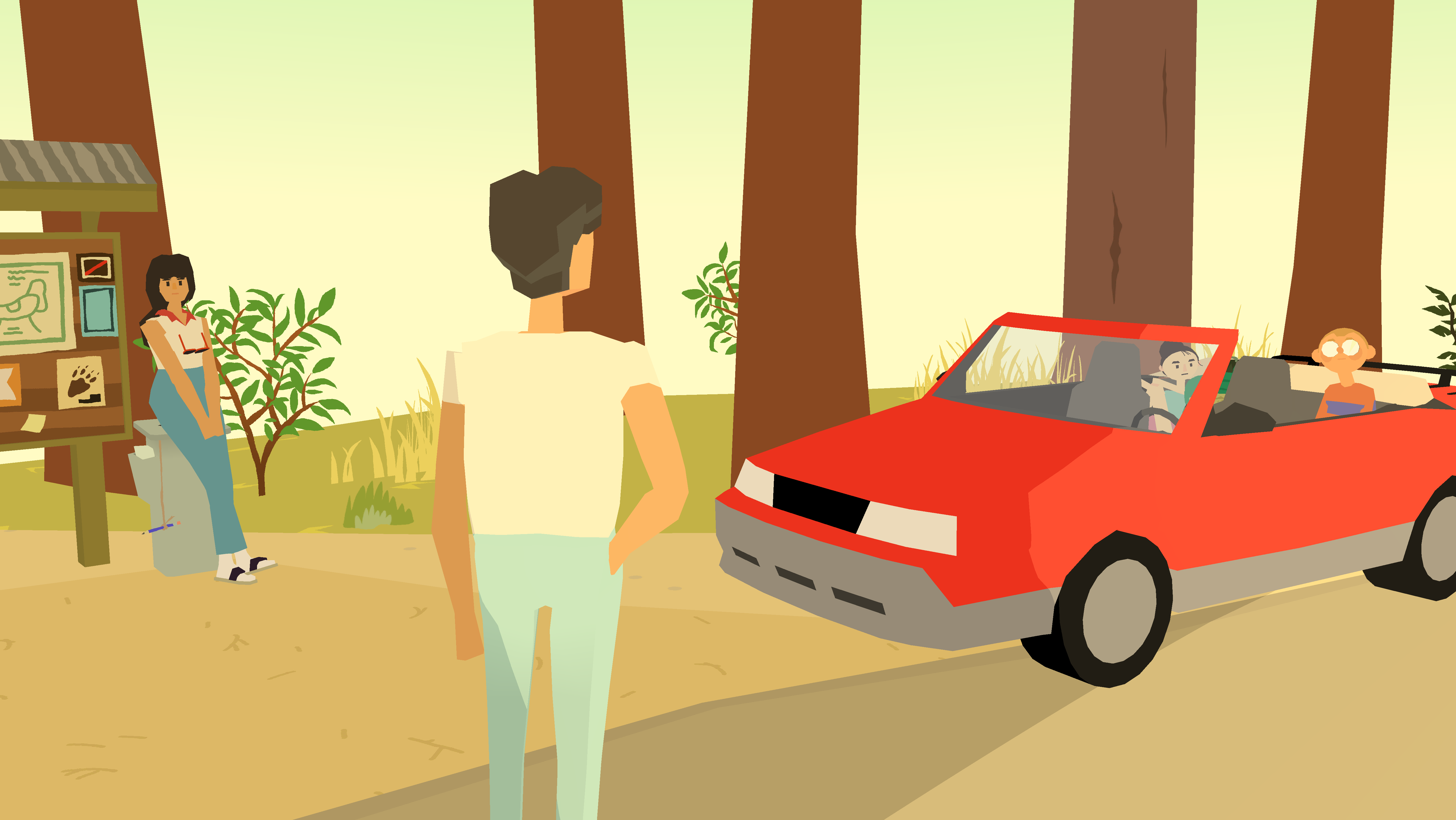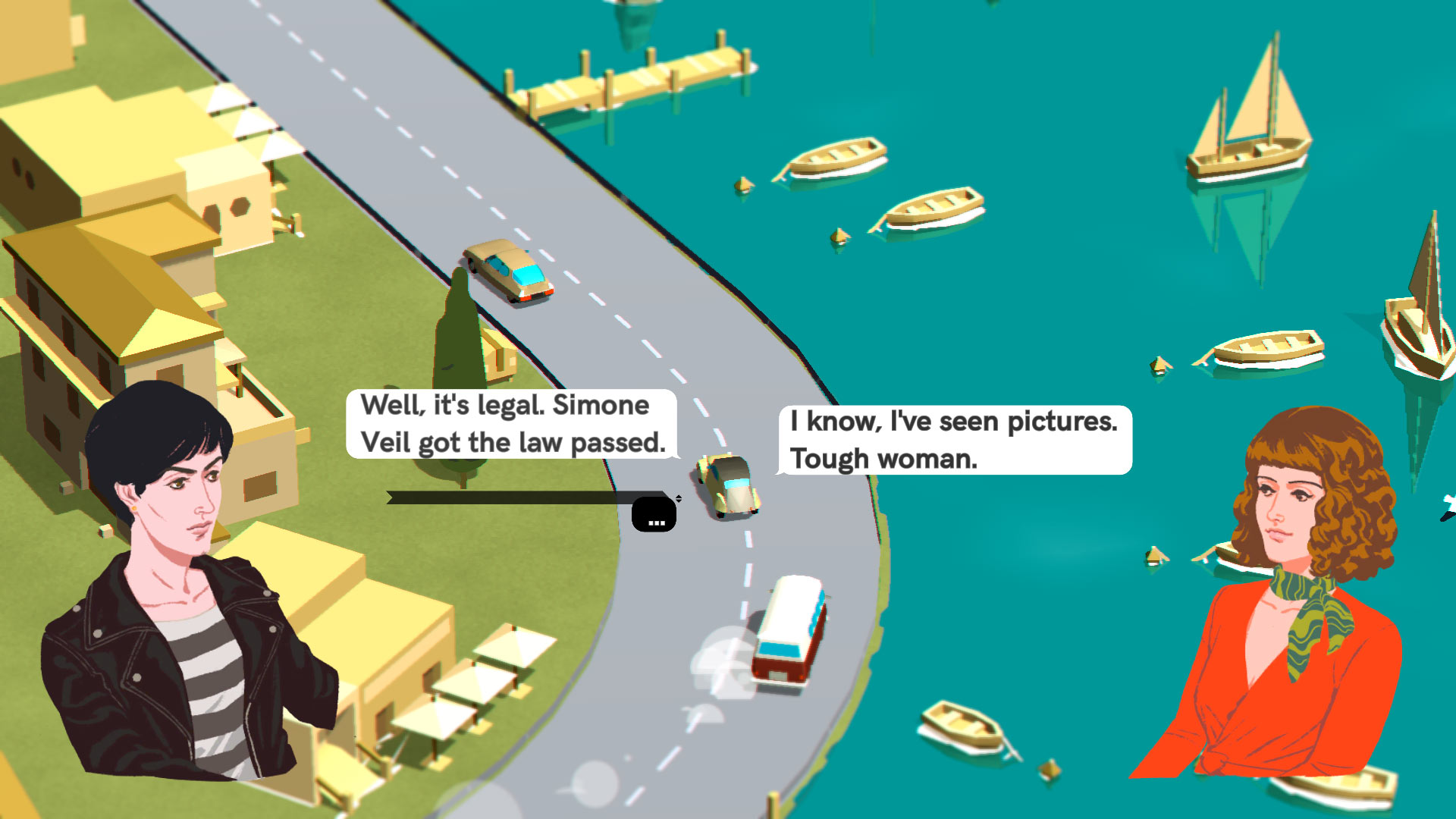Okay, so let’s get the core of my opinion out of the way: MMORPG Tycoon 2 as it currently stands can be pretty fun, but it feels more like a creative playground than a simulator/tycoon style game. If you’re like me, and you are seeking simulation/tycoon games for the system interactions, I’d say wait on this game for the moment. If you’re not like me, and you just want a really cool imaginative playground of game, you still might want to wait, because I can’t tell if its going to stay that way, or turn into the heavy sim I was looking for.

It does have the single greatest video game cursor ever though.
Okay, let’s talk about the game’s systems, before we get into why I don’t want to currently recommend it.
MMORPG Tycoon 2 is, as the name suggests, a tycoon game about making a MMO. You start with a blank world map of zones, and it’s your job to make it into a world that your little fake players will want to actually exist in. And also to not go bankrupt while doing it.

This means installing the sorts of thing that every MMO needs, from quest-givers, to shops for equipment and taverns to log out in, to putting in zones that spawn monsters so that your players can grind to their hearts’ content. You’ll also have to put down paths, and set up bandwidth networks which power everything.
In addition to the world building, there’s also a massive amount of customization available. You have the ability to customize the looks of the player characters and NPC’s in the game, with what struck me as an impressive modular system for building simple character models. Buildings and other objects also have robust tweaking and modeling controls.
The in-game classes, NPC’s, and monsters also all share a pretty robust customization system that allows you to tweak their abilities, stats, and also make changes to their character models.

Okay, so if the game has all of these features, why do I currently not want to recommend it? Well, while many of these systems exist, they don’t yet interact with each other in particularly interesting ways.
For example, take the bandwidth system. It’s completely decoupled from every other part of the game. You just put down bandwidth everywhere you have objects, and if they don’t have enough juice, you add more. There’s no real need to manage spikes based on player behavior, or other activity.
The same thing feels true of the classes and the monster balance. While you have have the ability to make changes to them, as far as I can tell, it doesn’t really influence the fake players’ decisions. While fake players have the ability to request buffs and nerfs, they don’t do much else.

Finally, the weakest system in the game by far in my opinion is the versioning. This is effectively leveling up your MMO, and I dislike it for two reasons.
Reason #1. You don’t level up by getting subscribers/money, or by building out more content for your players. You level up just by placing objects down. If you look at some of the screen shots below, you can see that there are areas where I just smashed down a massive amount of objects because I needed to get my level ups. And also…
Reason #2. The benefits of leveling up are almost entirely numerical, i.e., +5 to loot or something. There are a few that give you more interesting and fun powers (Flight paths, PVP), but most are just… more numbers.

And these are the bones with no meat. The level up system is lackluster, but if the numeric benefits were replaced, or added to with a tech tree, all of a sudden they could become far more interesting. If player classes influenced player behavior more, there would be more impetus to balance them and tweak them. And if quest rewards changed a player’s likelihood to complete them, you could use quest rewards to influence player pathing and decisions.
Of course, these are all just the changes I would make, because I’m curious about what the game would look like as a “simulator” as opposed to a Sims-style creative expression toy, with some light simulation elements. And that’s where I run into my main problem with recommending the game in its current state.

I can see the game’s design going in one of two different directions, and it’s unclear to me which of the two it will take.
The first design direction that the developers might choose would be the route of a simulator, something with more in common with maybe Cultivation Simulator, or a pure RollerCoaster Tycoon sort of thing, with systems that govern fake player behavior, happiness, willingness to spend, interaction with in-game systems, etc.
The second possible design direction would be for the game to take a tone of something like Animal Crossing or the Sims. This version of the game would have less focus on the simulation aspects, but with more attention paid to your ability to customize and edit your MMO to be exactly the way you want it, much like building up a village in Animal Crossing or the joy of playing with Legos.
Thing is, I’m not sure that it can go both directions at once.

The game currently contains more of the features related to the “playing with Legos” situation. Which is fine. But I suspect that the person who wants to craft a beautiful creation of a MMO doesn’t want their fake players to quit en-masse because they died too much to an angry herd of sheep. They don’t want to have to carefully build exact flight paths, and try to understand fake player behavior, or have to deal with managing the underlying data grid. They don’t want to find themselves in a situation where they need to slap together a higher level zone just to make sure they don’t lose subscribers who hit the previous level cap. They don’t want to be punished for building a dingy back alley in their city, just because they used spooky looking buildings in what the game thinks should be a “happy zone.”
The closest comparison I can draw to this is trying to get a highly rated island in New Horizons. Getting a high rating requires that you make a bunch of changes and follow a bunch of rules that may not mesh with the specific look and feel you’re aiming for on your island. And tying in mechanical progression to making those changes feels bad.
On the flip side, I don’t think the person who just wants play with the simulation/ant farm aspect of the system wants to be forced to put down individual cacti to make the desert area more “Deserty” so that players don’t quit over a lack of immersion.

And this is why I’m hesitant to recommend the game right now; there’s a lot of potential, but it’s unclear to me what direction this game will go in, so it makes it hard to know who to recommend it to. Will it remain a lite sim where the primary joy is something akin to Animal Crossing, that of building out and creating your own cool space? Or will it become something more mechanically heavy, but less focused on customization?
With that said, the game has a bunch of potential, and I encourage anyone who finds the premise interesting to add it to their Wishlist and keep an eye on it. It’s $25 on Steam, and as far as I can tell, that’s the only place to get it right now.









